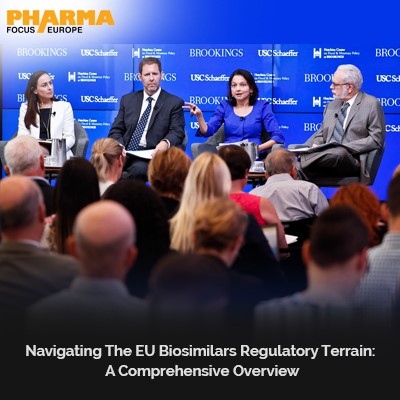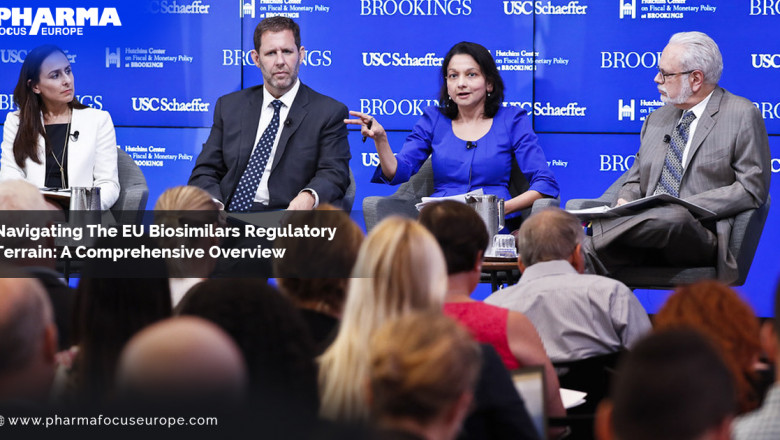views
Navigating the EU Biosimilars Regulatory Terrain: A Comprehensive Overview
This comprehensive overview explores the EU biosimilars regulatory landscape, including key differences from generic drugs, the multi-step approval process, regulatory guidelines, market trends, challenges, opportunities, successful entry strategies, case studies, healthcare professional roles, and prospects in the dynamic EU biosimilars market.

In the ever-evolving landscape of biological medicines, biosimilars have emerged as a cost-effective alternative to their reference products. For market access in the European Union (EU), biosimilars must comply with stringent regulatory requirements. Understanding the EU biosimilars regulatory terrain is crucial for pharmaceutical companies aiming to bring their products to market successfully.
This comprehensive overview of the EU biosimilars regulatory landscape explores the various stages of the approval process, from the initial similarity assessment to the post-authorization requirements. We delve into the guidelines set by the European Medicines Agency (EMA) and the specific requirements for clinical studies, manufacturing, and labeling. With Brexit and other regulatory updates shaping the EU biosimilars market, companies must stay informed and adapt to these changes. By comprehending the intricate regulatory framework, manufacturers can navigate the approval process smoothly, ensuring compliance and accelerated market entry.
Join us as we delve into the complex world of EU biosimilars regulation and gain insights into the strategies that can help businesses successfully navigate this regulatory terrain.
Biosimilars and generic drugs may seem similar at first glance, but they have key differences that set them apart. While generic drugs are identical copies of their reference products, biosimilars are highly similar but not identical to their reference biologics. This is due to the complex nature of biologics, which are derived from living organisms. Biosimilars undergo a rigorous approval process that involves extensive analytical and clinical studies to demonstrate similarity to the reference product. This ensures that they are as safe and effective as the originator biologic. In contrast, generic drugs follow a more straightforward process, as they are chemically synthesized and have a simpler molecular structure.
Despite these differences, both biosimilars and generic drugs offer cost savings and increased patient access to essential medications. The approval process for biosimilars in the EU is designed to strike a balance between ensuring patient safety and fostering competition in the market.
Explore more: https://www.pharmafocuseurope.com/articles/navigating-the-eu-biosimilars-regulatory-terrain-a-comprehensive-overview






















Comments
0 comment